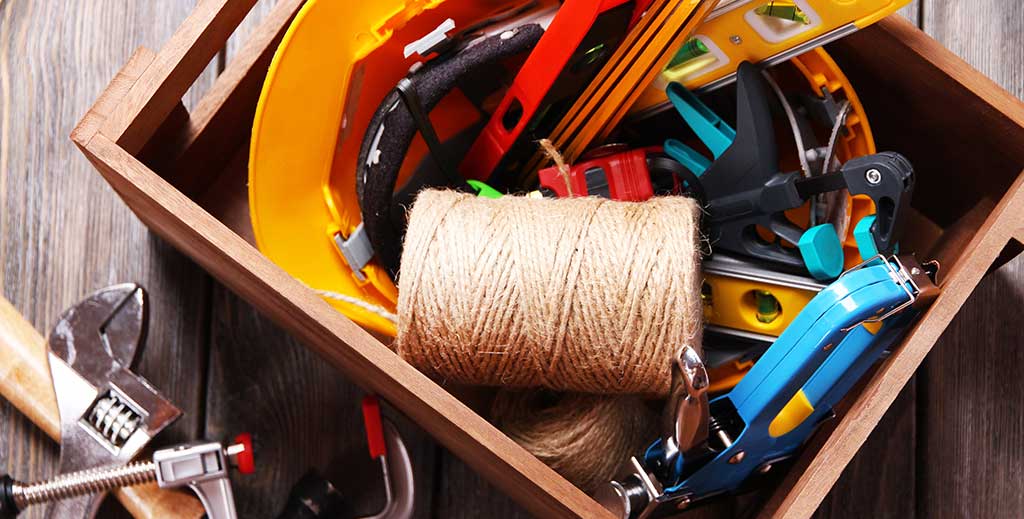Summer/Fireworks Safety
Though they can be exciting, festive and fun, it is important to remember that fireworks are also dangerous. According to the Centers of Disease Control, in “2005, an estimated 10,800 people were treated in U.S. emergency departments for fireworks-related injuries” (Greene & Joholske 2006). The U.S. National Fire Protection Association and CDC strongly recommend that fireworks be used only by professionals.
o When do these injuries happen? Typically, 60% of injuries from fireworks in the United States occur in the month surrounding the July 4th holiday.
o What types of fireworks cause injuries? Between June 18 and July 18, 2005, firecrackers (26%), sparklers (17%), and rockets (17%) accounted for most of the injuries seen in emergency departments. Sparklers were associated with over half of the estimated injuries among children under 5 years, during the same time period.
o Who is likely to be injured? During the month around Independence Day (July 4th), children 14 years and younger sustained about 45% of injuries related to fireworks.
o What kinds of injuries occur? Injuries from fireworks most often affect the hands, eyes, and the head, face, and ear.
Under the Federal Hazardous Substances Act, the federal government banned the sale of the largest and most dangerous fireworks to consumers. Some states have banned the general public’s use of fireworks altogether.
Between 2000-2005, more than one third of the fireworks-related deaths involved professional devices that were illegally sold to consumers (CPSC 2006). The safest way to prevent fireworks-related injuries is to leave fireworks displays to trained professionals.
Thanks for the share RF!



